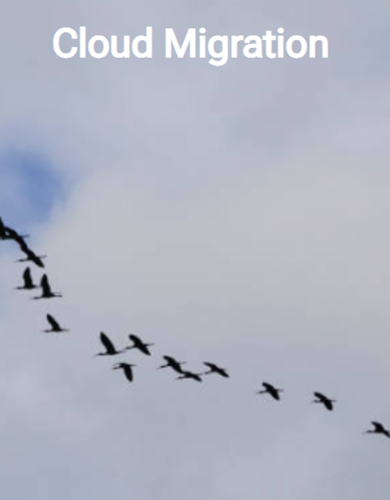FinOps
Cloud
In our FinOps approach, we recognize the critical importance of cost optimization in all aspects of cloud management, as it directly relates to business performance.
Through FinOps, we promote close collaboration between technology, finance, and management teams to make responsible and efficient decisions from the conception to the operation of projects.
In this approach, teams manage their cloud costs and take responsibility for their usage, supported by a central group of best practices. All teams work together to facilitate faster product delivery while achieving greater financial control and predictability.
In line with the FinOps culture, each operational team will have access to near real-time data to influence their spending and make data-driven decisions that result in efficient cloud costs, balancing speed/performance with quality/availability of services.
We base our model on the following FinOps principles:
- Collaboration among teams.
- Decisions based on the business value of the cloud.
- Shared responsibility for cloud usage.
- Timely and accessible FinOps reporting.
- A central team driving FinOps.
- Leveraging the variable cost model of the cloud.
A common nomenclature will be defined that is understood across the different teams related to the CCoE. For example, when mentioning in a report that “waste” is detected, all teams can quickly relate this term to certain unused deployed resources. The common nomenclature will facilitate understanding among teams and help them perform optimal analyses of the spending reports received. Once approved, the common nomenclature will be compiled into a document accessible to all teams.
The implementation phases of our cost model are based on the phases of the lifecycle of a FinOps model. These phases are not linear and will be revisited constantly throughout the service:
Information Phase: Provides visibility for allocation and creates shared responsibility, showing teams where they are spending and why. It allows individuals to see the impact of their future actions.
Optimization Phase: Empowers teams to identify and measure potential improvements such as resizing, access frequency to storage, or better coverage of Reserved Instances. Goals are set based on the optimizations identified, aligned with the focus area of each team.
Operational Phase: Defines and implements processes that achieve the objectives of technology, finance, and business. Automation can be deployed to enable these processes to be carried out reliably and repeatably.
We propose the integration of GreenOps practices as an enhancement to the management model. We are committed to sustainability in cloud management through the gradual implementation of a GreenOps model. This roadmap will guide the evolution toward a greener approach, integrating the GreenOps philosophy into the operational model.
What is GreenOps?
GreenOps is a philosophy focused on optimizing resource use in the cloud to reduce environmental impact. It is based on energy efficiency, resource optimization, and the adoption of sustainable technologies.
The transition to a GreenOps model is not instantaneous. A roadmap will be followed that establishes the stages and actions necessary for a gradual evolution toward GreenOps.






